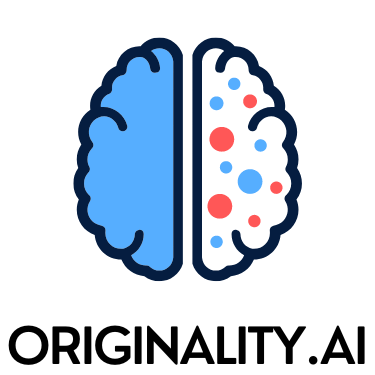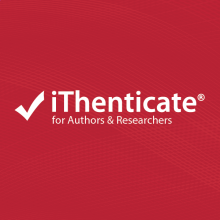p;
Don't share sensitive information to ChatGPT/Google Gemini Chats may be reviewed and used to train their models.
ChatGPT, like many AI models, operates on the principle of learning from interactions. While this enhances its ability to generate relevant and helpful responses, it also raises concerns about privacy and data security. Users must remain vigilant about the information they share, especially when it pertains to sensitive or confidential matters.
Before sharing sensitive information in a chat, consider whether it's necessary and appropriate. Avoid divulging personal details, financial information, or other sensitive data unless absolutely essential.
Opt for platforms that prioritize encryption and robust security measures. Look for end-to-end encryption, which ensures that only the sender and recipient can access the messages, minimizing the risk of interception.
When interacting with AI models like ChatGPT, be mindful that the conversations may be recorded and used for training purposes. Avoid sharing confidential information or anything you wouldn't want to be stored or analyzed.
Clearly communicate any boundaries or limitations regarding the information you're comfortable sharing. If you're unsure about the security of a chat platform or AI model, err on the side of caution and refrain from sharing sensitive data.
Periodically review your chat history and delete any messages containing sensitive information. This reduces the likelihood of unintended exposure or data breaches.
Stay updated on the latest developments in chat platform security and privacy policies. Be cautious of any changes that may impact the confidentiality of your conversations.
By adopting these practices, users can mitigate the risks associated with sharing sensitive information in chat interactions. While chat platforms offer convenience and connectivity, safeguarding privacy should always remain a top priority.
Remember, what you share in a chat conversation could have long-lasting implications. By exercising caution and mindfulness, you can protect your privacy and ensure a safer online experience for yourself and others.



.png)










